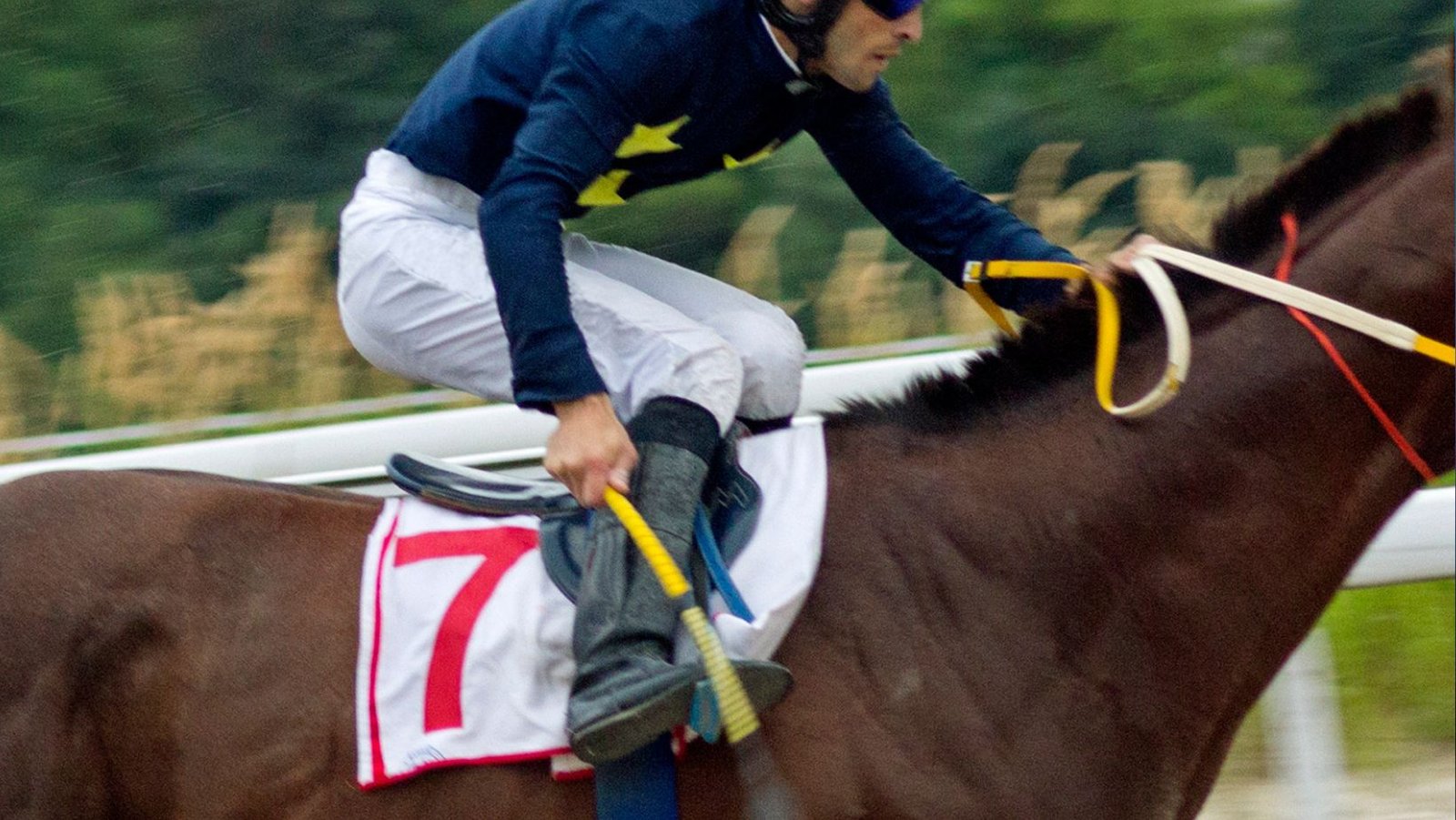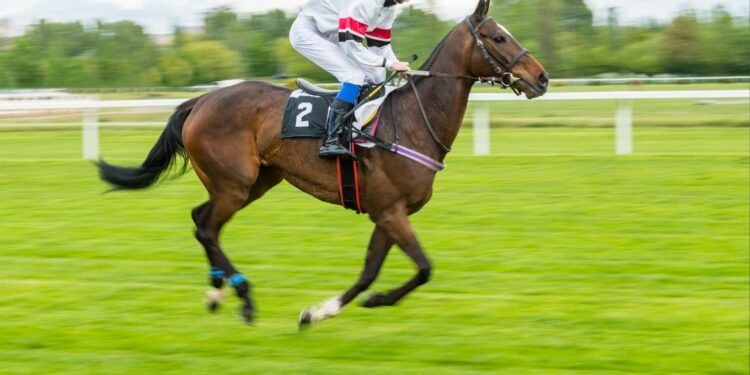Within the thrilling sphere of horse racing, where tradition reigns supreme, wearable technology is making a quiet yet transformative revolution. It’s time we discern the implications and understand the value of these high-tech entrants in augmenting the spectacle of horse racing.
These small gadgets and sensors are actually powerful enough to save lives! And we have to address that in the hope that more people start using them.
Understanding Horse Wearables
Wearable technology in horse racing primarily consists of compact devices attached to the horse or the jockey. These gadgets collect real-time data related to both horse’s and jockey’s health, like heart rate and body temperature, as well as performance metrics during training sessions and actual races.
Can you imagine getting all the data about when the horse or the jockey is not moving correctly, or has an increased heart rate? It is like having the ultimate 2023 Breeders’ Cup betting guide right on your wrist.
So, what makes this influx of information vital for the sport?
Dr. Scott Palmer, Medical Director for the New York State Gaming Commission, is an advocate for this technology. He anticipates that wearables will grant stakeholders deeper insights into the factors that exacerbate the risk of injuries to horses, thereby paving the way for effective preventive strategies.
StrideSafe, a noteworthy product in this category, employs a straightforward color-coded system to monitor a horse’s movement against its usual behavior: green denotes normalcy, yellow indicates caution and red signals potential issues that warrant closer examination. This intuitive color scheme is designed to simplify usage for individuals who might not be tech-savvy.
But this product is more focused on the horses, rather than jockeys. Jockeys also wear gadgets that can monitor their vital signs, after all, horse racing is a dangerous sport where the health of all participants needs to be carefully monitored.
Wearable devices can help jockeys in many different ways, such as.
Optimized Training Regimens
Training regimes are the unseen roots that nurture the exhilarating performances showcased during races. With wearables providing continuous physiological data, trainers can now tailor workout plans to the specific needs and conditions of individual horses.

This approach not only enhances performance but also mitigates the risk of injuries, fostering a healthier racing environment. This precise methodology in training offers a promise of refinement and enhancement in performance, wouldn’t you agree?
Monitoring And Maintaining Jockey Health
The paramount benefit of wearables arguably pertains to the health and well-being of the racing horses as well as jockeys.
Continuous monitoring allows for early detection of potential health issues, ensuring timely intervention and care. These devices, therefore, play a crucial role in extending the careers of jockeys while safeguarding their general well-being. The importance of this cannot be overstated, can it?
Empowering Owners And Trainers
For horse owners and trainers, wearables are like extended senses, providing a deeper understanding of their horse’s capabilities, health status, and bond with the jockey.
After all, not every jockey has the same bond with the same horse. Going through the data and its performance can help owners and trainers choose the perfect jockey for a big race like the Breeders’ Cup.
This newfound knowledge empowers them to make decisions that are aligned with the horse’s best interest, ushering in an era of informed and ethical horse racing practices.
Conclusion
As wearable technology seamlessly integrates into horse racing, it does more than just flash numbers. It brings about a silent revolution where data empowers, informs, and safeguards the stakeholders, including the magnificent athletes thundering down the track.
However, this technology is nothing without a powerful machine learning tool or AI. The gadgets only collect data, which later needs to be analyzed. In today’s world surrounded by artificial intelligence, we expect a lot of improvements in wearables used in the horse racing industry.
In the future, they will become more accurate at predicting outcomes, preventing injuries, and improving the overall health status of all participants in the sport.

As spectators, bettors, or enthusiasts, wouldn’t you say it’s thrilling to witness a sport evolving, learning, and racing towards a future bright with possibilities and responsible practices?














































































































